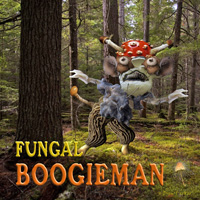Mushroom kits are a great way to get started growing mushrooms.
Mushroom growing kits can be purchased online. They come in quite a variety of mushrooms. They produce fairly well and don’t take up much space. The different types usually involve sawdust and grain of some sort. The bag is complete with the growing substrate and spawn. The only thing left to do is to water them and put them in the right place to incubate. The directions vary but are usually detailed and clear.
Shiitakes take from 2 to 4 weeks to start flushing, and might flush for up to 16 weeks after. They need a temperature between 50 and 80 degrees.The kits are similar to how production mushrooms are grown. Most of them are grown on blocks kind of like the kits, for fast production.
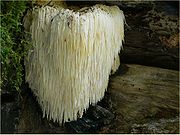
The selection has become incredible in the last few years.You can find just about anything from Lions mane to Reishi. These kits would be a good start for beginners, and when done flushing, can be put to use in a mulch pile or outdoor experiments.
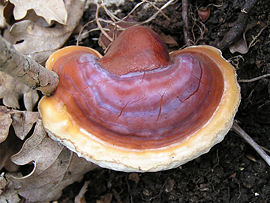
Mushroom growing kits can be found online at Garden City Fungi and Fungi Perfecti, links on the homepage. Some stores carry the kits so watch for them.

 Shiitake mushrooms have proven to be an all around healthy food. The medicinal properties are almost as good as the Reishi, which is tasty but difficult to eat in volume.Western society has finally realized what eastern society has known for centuries. Mushrooms are good for you and have incredible healing properties for our ailing society.
Shiitake mushrooms have proven to be an all around healthy food. The medicinal properties are almost as good as the Reishi, which is tasty but difficult to eat in volume.Western society has finally realized what eastern society has known for centuries. Mushrooms are good for you and have incredible healing properties for our ailing society.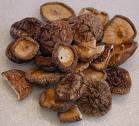
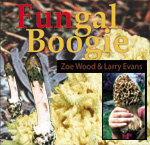 I have purchased Fungal Boogie and found it interesting and I learn something new each time I listen to it
I have purchased Fungal Boogie and found it interesting and I learn something new each time I listen to it